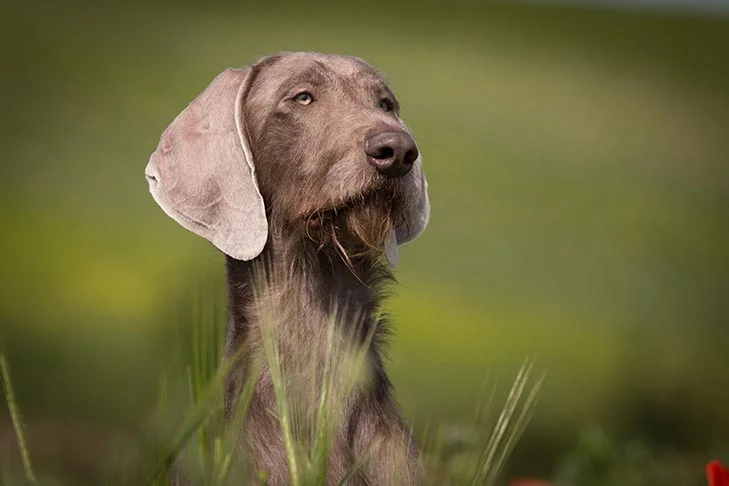The Slovakian Wirehaired Pointer is a moderately strong working dog with aristocratic bloodlines.
The coat’s basic color is referred to as ‘grey,’ and the hair is harsh (hard). He must be physically healthy and capable of working on the plain, in the woods, and on the water, especially after the shot, searching for and rescuing wounded wildlife. He’s docile and simple to train.








 Health
Health Grooming
Grooming Exercise
Exercise Training
Training Nutrition
Nutrition